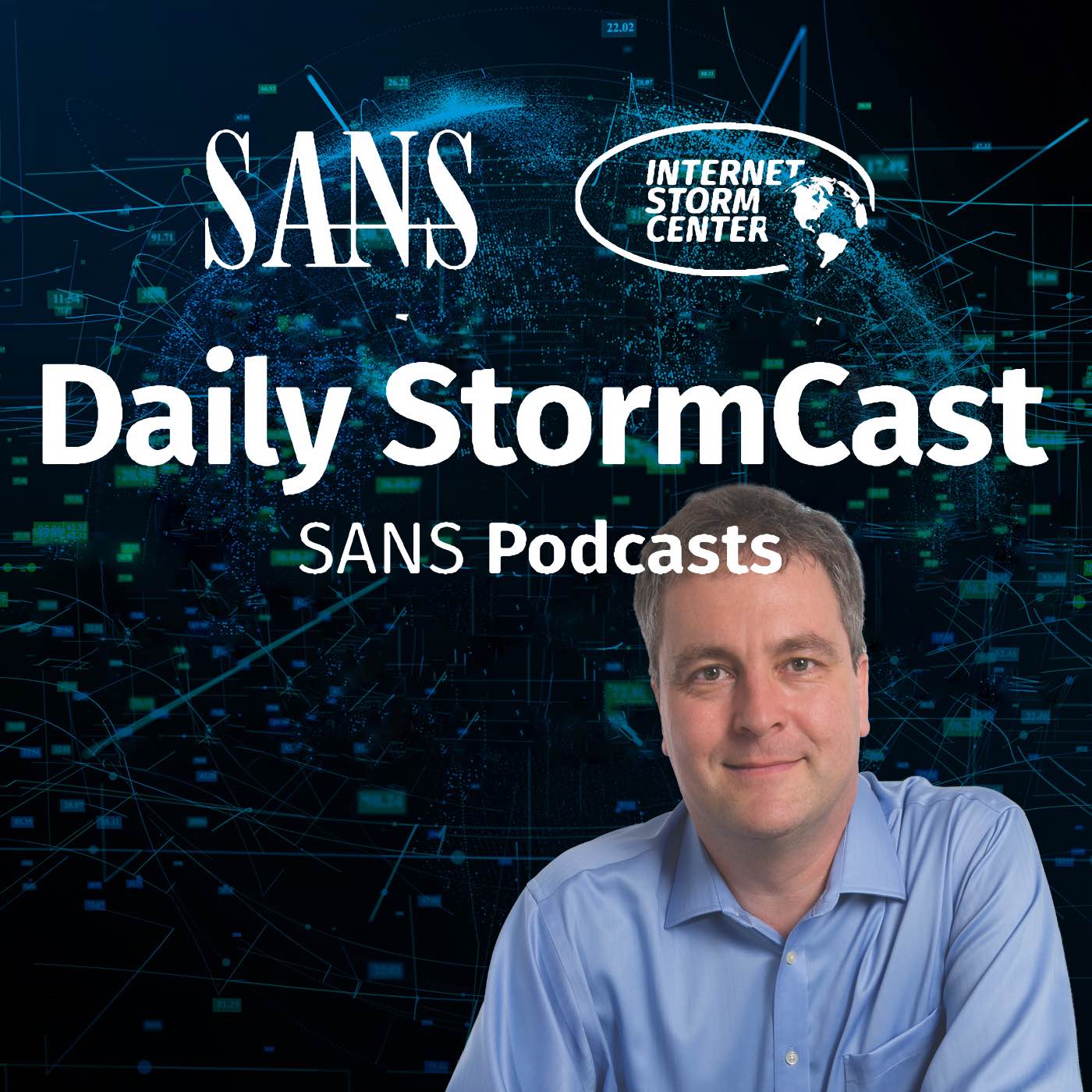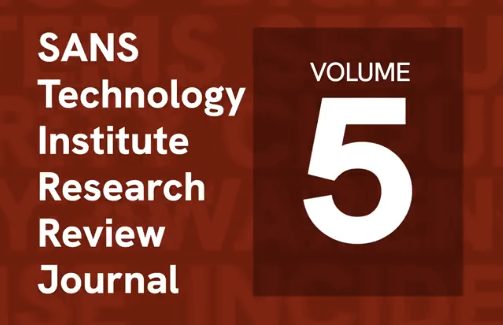Handler on Duty: Rob VandenBrink
Threat Level: green
Podcast Detail
SANS Stormcast Monday, August 18th, 2025: 5G Attack Framework; Plex Vulnerability; Fortiweb Exploit; Flowise Vuln
If you are not able to play the podcast using the player below: Use this direct link to the audio file: https://traffic.libsyn.com/securitypodcast/9574.mp3
My Next Class
| Application Security: Securing Web Apps, APIs, and Microservices | Las Vegas | Sep 22nd - Sep 27th 2025 |
| Application Security: Securing Web Apps, APIs, and Microservices | Denver | Oct 4th - Oct 9th 2025 |
SNI5GECT: Sniffing and Injecting 5G Traffic Without Rogue Base Stations
Researchers from the Singapore University of Technology and Design released a new framework, SNI5GECT, to passively sniff and inject traffic into 5G data streams, leading to DoS, downgrade and other attacks.
https://isc.sans.edu/diary/SNI5GECT%3A%20Sniffing%20and%20Injecting%205G%20Traffic%20Without%20Rogue%20Base%20Stations/32202
Plex Vulnerability
Plex patched a vulnerability in the Plex Media Server. Make sure you have updated to at least 1.42.1.
https://forums.plex.tv/t/plex-media-server-security-update/928341
FortiWeb Exploit Public
A security researcher published details about the recent FortiWeb vulnerability, including demonstrating a PoC exploit.
https://www.bleepingcomputer.com/news/security/researcher-to-release-exploit-for-full-auth-bypass-on-fortiweb/
Flowise OS vulnerability
https://research.jfrog.com/vulnerabilities/flowise-os-command-remote-code-execution-jfsa-2025-001380578/
| Application Security: Securing Web Apps, APIs, and Microservices | Las Vegas | Sep 22nd - Sep 27th 2025 |
| Application Security: Securing Web Apps, APIs, and Microservices | Denver | Oct 4th - Oct 9th 2025 |
| Application Security: Securing Web Apps, APIs, and Microservices | Dallas | Dec 1st - Dec 6th 2025 |
| Application Security: Securing Web Apps, APIs, and Microservices | Orlando | Mar 29th - Apr 3rd 2026 |
| Network Monitoring and Threat Detection In-Depth | Amsterdam | Apr 20th - Apr 25th 2026 |
Podcast Transcript
Hello and welcome to the Monday August 18th, 2025 edition of the SANS Storm Internet Center's Stormcast. My name is Johannes Ullrich, recording today from Jacksonville, Florida. And this episode is brought to you by the SANS.edu Bachelor's Degree Program in Applied Cybersecurity. On Friday we had a diary by Yee Ching. Yee Ching is associated with the Singapore University of Technology and Design and a group at the university did introduce at a recent USENIX conference a new tool to passively sniff but then also inject data into 5G connections. That's something that has been sort of quite common in attacks against Wi -Fi and such. Not so much for 5G or other cell phone protocols. They have really relied more on rogue base stations and the like. But of course yes you know once you understand a protocol, once you're able to sniff data from the air, you're also typically enabled then to inject data just passively. And that's what they looked at here with this framework they created. Now the pronunciation guideline here is Sni-f-Gect if I get it correctly. SNI5GECT is how the tool is being spelled. And while it's derived from sniff, 5G and inject. So it's just a compression of those three terms. But yeah their full paper is also available via USENIX and you do for example have so quick overview how it works. The tool here is basically just listening in passively on the traffic and then able to and that's really more of a timing attack in this case inject carefully timed frames into the data traffic. The simplest task here is of course a denial of service attack. But the one tricky attack here also allows for downgrades by essentially sort of making authentication fail here. And then you can force a client to downgrade to 4G which of course has its own security issues and that can then be attacked more easily. And in vulnerabilities it's Plex's turn again the famous video and the media player has a severe vulnerability that has been addressed last week. Usually Plex doesn't really point that much attention to vulnerabilities. I would definitely take this one serious even though there is sadly no CVE number and absolutely no details about what the vulnerability exactly entails. Remember last pass that's sort of the big warning here when they were breached the original entry point was a vulnerability in a Plex media server on a developer's machine. Well don't be that developer be quicker in updating Plex and that's your chance now. And then for any FortiWeb users out there we now have a proof of concept additional detail regarding the FortiWeb vulnerability that was patched about a week ago. This vulnerability had already been exploited but now some of the details are public. It's one of those standard web application issues where you do have a parameter that's security relevant being supplied by the user. The parameter in question here is referred to as ERA, E-R-A. It's a part of the cookie parameter and it essentially points to memory that's being used as a key in order to then validate the payload that's also part of the cookie. Well it turns out that by supplying an out of bound error parameter it's possible to essentially have a zero or all null encryption key which then bypasses that security feature and well allows an attacker to essentially impersonate arbitrary users. Pretty interesting vulnerability. Don't remember having seen something quite like that but you know it's really sort of that very basic web application security issue. Don't trust the user users are always evil. And to talk about more traditional web application vulnerabilities we have to look at the latest AI tools. Flowwise suffers from an OS command remote command injection. This vulnerability was discovered by JFrog and JFrog also delivered a very trivial and easy to reproduce use proof of concept exploit to basically show you how to potentially execute this. The problem here is again as so often MCP that's of course the protocol that well as I mentioned I think last week or the week before often needs to these vulnerabilities because it sees itself just as a proxy forwarding data and exploitability happens if you accept data from untrusted endpoints. Well and this is it for today so thanks for listening and talk to you again tomorrow. Bye











